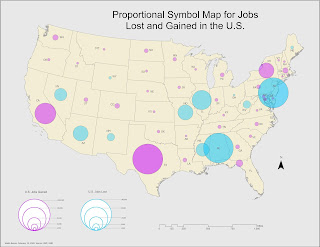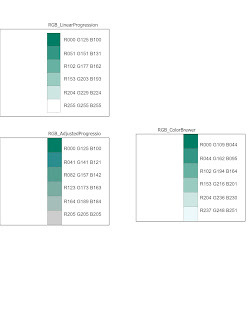Peer Review Assignment #2
This peer review takes a look at A new GIS-based model for automated extraction of Sand Dune encroachment case study: Dakhla Oases, western desert of Egypt found in the UWF Journal's resources database.
Sand dunes are considered a threat for roads, water sources, agriculture, irrigation networks, and infrastructures in the Dakhla Oases in the western desert region of Egypt. The focus of this paper is to develop a new GIS based model for automated extraction of sand dune encroachment using remote sensing data to assess the rate of sand dune movement.
The paper is a group effort amongst staff from the Department of Remote Sensing and Landscape Information Systems (FeLis) at Freiburg University, Germany, and the Land Use Department at the National Authority for Remote Sensing and Space Sciences (NARSS) in Cairo, Egypt. This particular case study was published in Volume 15, Issue 1 of The Egyptian Journal of Remote Sensing and Space Science in June 2012.
The data provided for this case study and procedures taken seem streamlined for anyone familiar with GIS methods and terminology without being too complex when it comes to laying out data, or tools used. The authors did a great job guiding the reader step by step into what they did in order to arrive to their conclusions and gave credit to previous studies into sand dune movement that helped create their GIS model.
Reading through each step and its explanation, it was interesting reading how they applied most GIS methodologies and functions we have covered in courses for this program thus far such as, clipping, raster and vector conversions, image subtraction, reclassify, smooth polygon, dissolve, calculate, and intersect. Ultimately, ModelBuilder was integrated with Python script in order to simplify a dune dimensional tool which allowed them to measure dune movement.
In closing, I thought this was an exemplary case study. It was interesting realizing how complex and meticulous measuring the movement of sand dunes can be as well as learning that sand dunes movement in the Dakhla Oases region in Egypt ranges between 3-9 meters per year. Most sand dunes move at a rate of 0-6 meters per year and very few move at a rate of 6-9 meters.
Sand dunes are considered a threat for roads, water sources, agriculture, irrigation networks, and infrastructures in the Dakhla Oases in the western desert region of Egypt. The focus of this paper is to develop a new GIS based model for automated extraction of sand dune encroachment using remote sensing data to assess the rate of sand dune movement.
The paper is a group effort amongst staff from the Department of Remote Sensing and Landscape Information Systems (FeLis) at Freiburg University, Germany, and the Land Use Department at the National Authority for Remote Sensing and Space Sciences (NARSS) in Cairo, Egypt. This particular case study was published in Volume 15, Issue 1 of The Egyptian Journal of Remote Sensing and Space Science in June 2012.
The data provided for this case study and procedures taken seem streamlined for anyone familiar with GIS methods and terminology without being too complex when it comes to laying out data, or tools used. The authors did a great job guiding the reader step by step into what they did in order to arrive to their conclusions and gave credit to previous studies into sand dune movement that helped create their GIS model.
Reading through each step and its explanation, it was interesting reading how they applied most GIS methodologies and functions we have covered in courses for this program thus far such as, clipping, raster and vector conversions, image subtraction, reclassify, smooth polygon, dissolve, calculate, and intersect. Ultimately, ModelBuilder was integrated with Python script in order to simplify a dune dimensional tool which allowed them to measure dune movement.
In closing, I thought this was an exemplary case study. It was interesting realizing how complex and meticulous measuring the movement of sand dunes can be as well as learning that sand dunes movement in the Dakhla Oases region in Egypt ranges between 3-9 meters per year. Most sand dunes move at a rate of 0-6 meters per year and very few move at a rate of 6-9 meters.



Comments
Post a Comment